The Evolution of Ecofriendly Packaging Materials for Sustainable Living
In recent years, the focus on sustainable living has intensified, prompting significant advancements in the development of ecofriendly packaging materials. As consumers increasingly demand products that align with their environmental values, companies are compelled to innovate and adapt their packaging solutions. This evolution reflects a broader movement towards reducing environmental impact while enhancing functionality and aesthetic appeal.
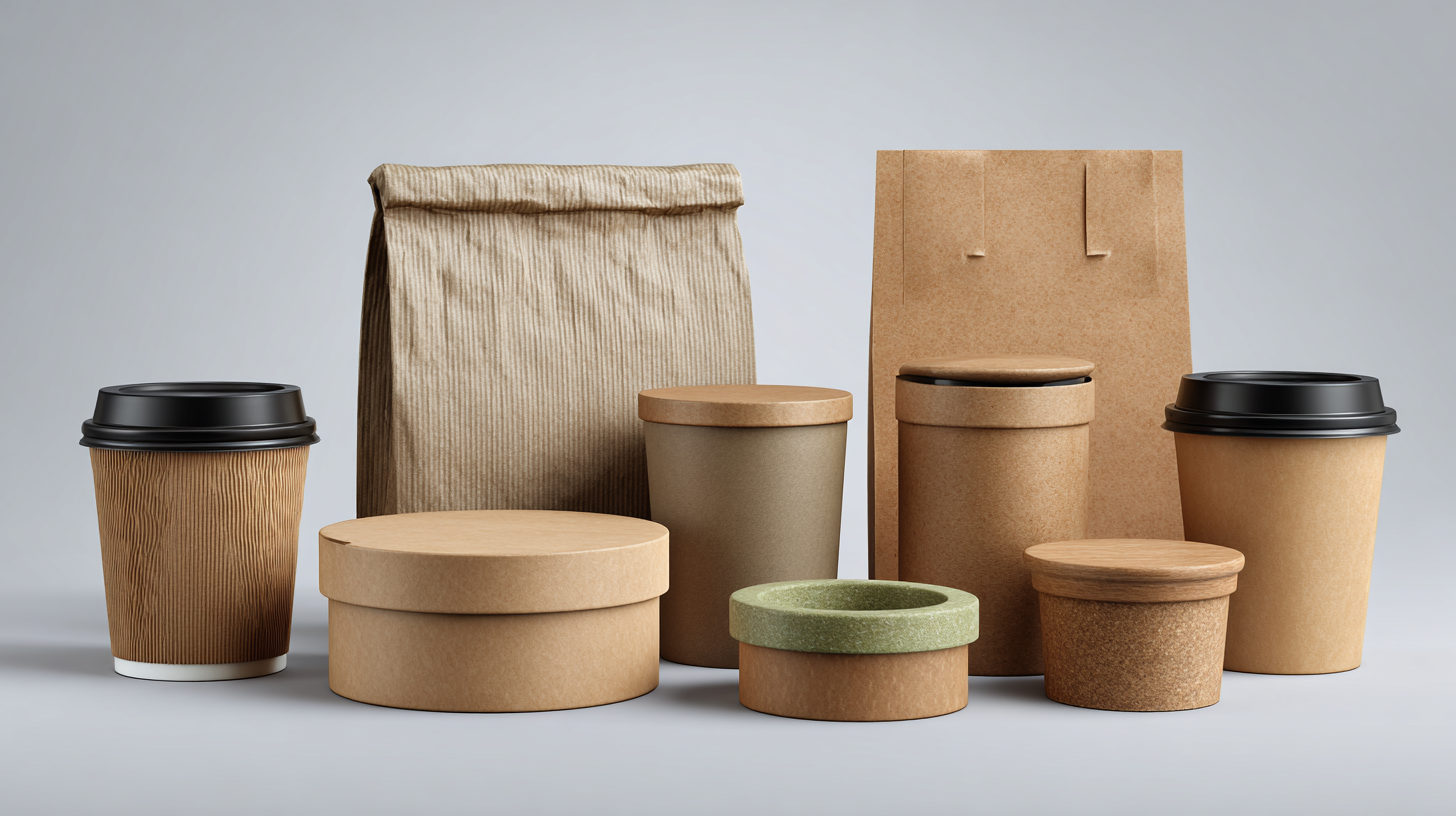 From biodegradable films to reusable containers, the landscape of packaging materials is rapidly transforming to meet both consumer needs and ecological considerations. As we delve into the advancements in ecofriendly packaging materials, it becomes evident that the future of sustainable living hinges on our ability to rethink and redesign how we protect and present our products. This exploration will highlight the most effective and innovative solutions that not only benefit the planet but also inspire a shift towards a greener economy.
From biodegradable films to reusable containers, the landscape of packaging materials is rapidly transforming to meet both consumer needs and ecological considerations. As we delve into the advancements in ecofriendly packaging materials, it becomes evident that the future of sustainable living hinges on our ability to rethink and redesign how we protect and present our products. This exploration will highlight the most effective and innovative solutions that not only benefit the planet but also inspire a shift towards a greener economy.
Why Ecofriendly Packaging Matters in a World of Environmental Crisis
Packaging plays a crucial role in our daily lives, yet its environmental impact cannot be overlooked, especially in the context of the current environmental crisis. Ecofriendly packaging, which is designed to be biodegradable, recyclable, or made from sustainable materials, is becoming increasingly important as we face challenges like pollution, climate change, and excessive waste. By minimizing the ecological footprint of packaging, we can contribute to a healthier planet and promote sustainable living practices.
The shift towards ecofriendly packaging not only addresses environmental concerns but also reflects a growing consumer awareness and demand for sustainable products. As more individuals and businesses recognize the adverse effects of traditional packaging materials, such as plastic that can take centuries to decompose, the development of innovative packaging solutions has gained momentum. This transformation helps to foster a circular economy where materials are reused, recycled, and repurposed, ultimately leading to reduced waste and a more sustainable future. In this way, promoting ecofriendly packaging is not just a trend; it is a necessary step toward mitigating the impact of human activities on the environment.
The Evolution of Ecofriendly Packaging Materials for Sustainable Living - Why Ecofriendly Packaging Matters in a World of Environmental Crisis
| Material Type | Renewability | Biodegradability | Recyclability | Carbon Footprint (kg CO2e) |
|---|---|---|---|---|
| Bamboo | High | Yes | Yes | 0.2 |
| Bioplastics (PLA) | Moderate | Yes | Yes | 1.5 |
| Recycled Paper | High | Yes | Yes | 0.5 |
| Mushroom Packaging | High | Yes | Yes | 0.3 |
| Glass | Moderate | No | Yes | 1.0 |
Why Traditional Packaging Materials Need an Upgrade for Sustainability
Traditional packaging materials, primarily plastic, are increasingly at odds with the growing demand for sustainability in the modern economy. As consumers become more environmentally conscious, over 70% of cosmetic brands are now adopting eco-friendly packaging solutions to align with consumer preferences. This shift signifies a pivotal moment for the packaging industry, urging brands to reevaluate their material choices and seek alternatives that reduce environmental impact.
Innovations such as biodegradable options made from plant-based materials are emerging as viable substitutes. The collaboration between leading companies highlights the need for strategic partnerships to develop sustainable materials that can replace traditional plastics. Furthermore, as the push for a circular economy intensifies, brands must also consider the lifecycle of their packaging solutions, promoting recycling and reuse as integral components of their sustainability efforts. By upgrading packaging materials, companies not only meet consumer expectations but also contribute to broader environmental conservation goals.
Why Innovations in Biodegradable Materials Are Key to Eco Packaging
Innovations in biodegradable materials are crucial for the advancement of eco-friendly packaging, as they directly address the growing concerns surrounding plastic pollution and environmental sustainability. According to a report by Smithers Pira, the global biodegradable plastics market is projected to reach $6.1 billion by 2024, growing at a compound annual growth rate (CAGR) of 13.4%. This shift indicates a significant movement towards more sustainable packaging solutions that can decompose naturally without leaving harmful residues.
One key player in this transformation is the development of plant-based plastics, such as polylactic acid (PLA), which is derived from renewable resources like corn starch. These materials not only reduce dependency on fossil fuels but also offer a viable alternative for traditional petroleum-based plastics. The European Bioplastics Association estimates that bioplastics accounted for 1.5 million tons of the global plastics market in 2019, with an anticipated increase as more companies strive to meet consumer demands for sustainability. Through innovations in biodegradable materials, the packaging industry can significantly reduce its environmental impact, paving the way for a more sustainable future.
Why Consumer Awareness Drives the Demand for Sustainable Packaging Solutions
Consumer awareness plays a crucial role in driving the demand for sustainable packaging solutions. As individuals become more educated about the environmental impacts of traditional packaging materials, they increasingly favor eco-friendly options. This shift in consumer mindset is fueled by extensive media coverage of plastic pollution and
climate change, prompting buyers to seek products that align with their values.
Brands that adopt sustainable packaging not only attract eco-conscious consumers but also build loyalty by demonstrating commitment to environmental stewardship.

Moreover, the rise of social media has amplified the voice of the consumer, allowing them to share information and experiences related to sustainability. This interconnectedness encourages companies to innovate and adopt greener practices, knowing that their efforts will be recognized and rewarded.
As businesses respond to this heightened awareness, we see a remarkable evolution in packaging materials—from biodegradable plastics to reusable containers. The transformation in consumer preferences is a powerful catalyst for industries to rethink their strategies, ensuring that sustainable packaging becomes the norm rather than the exception.
Why Businesses Must Adopt Ecofriendly Packaging to Stay Competitive
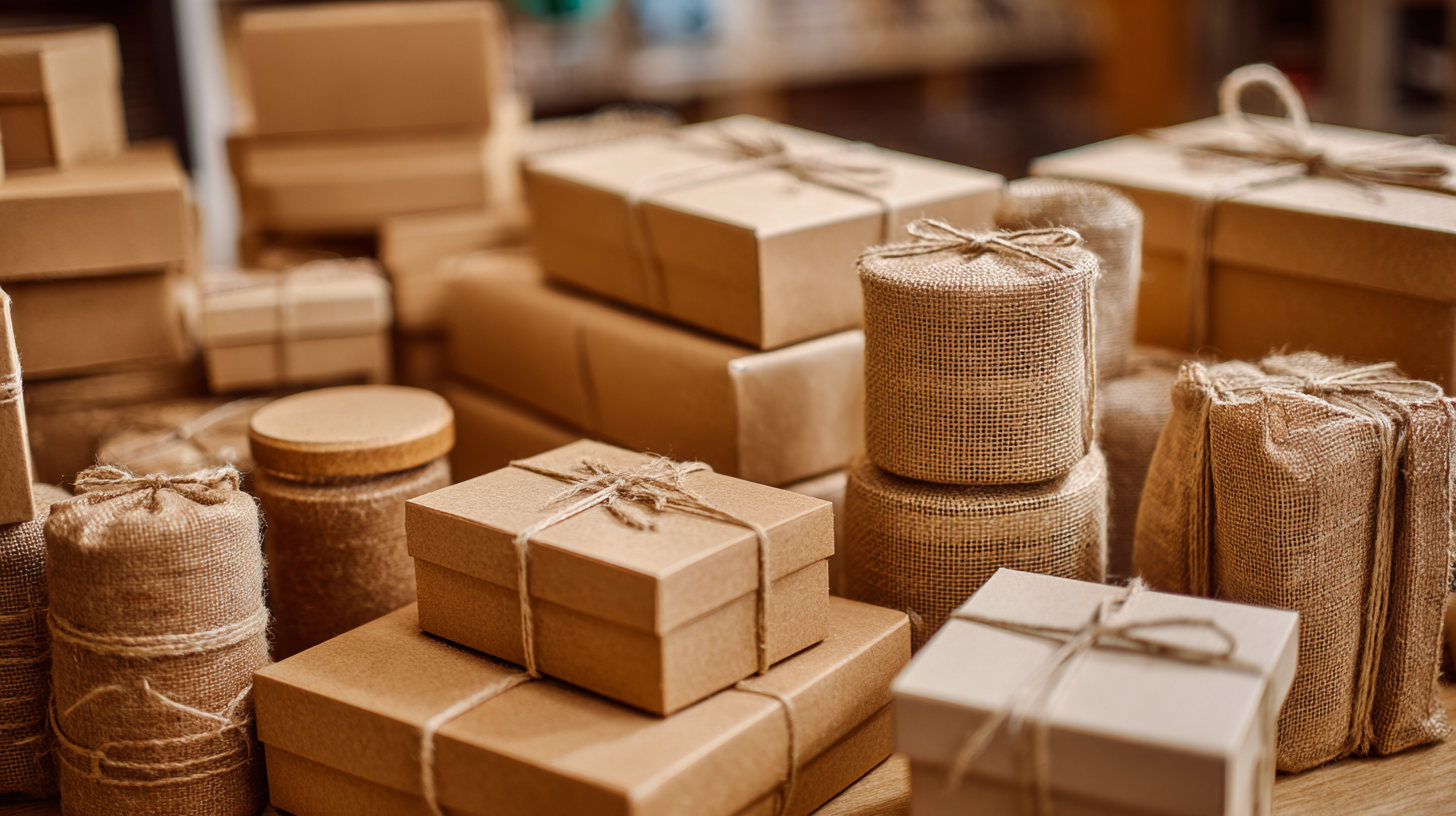 As consumers increasingly prioritize sustainability, businesses must adapt to stay competitive in the evolving market landscape. According to a 2021 report from Nielsen, 73% of global consumers indicate that they would change their consumption habits to reduce their environmental impact. This trend has fueled the demand for ecofriendly packaging, which not only meets consumer expectations but also enhances brand loyalty. Companies incorporating sustainable materials are likely to attract a broader customer base, particularly among younger demographics who are more environmentally conscious.
As consumers increasingly prioritize sustainability, businesses must adapt to stay competitive in the evolving market landscape. According to a 2021 report from Nielsen, 73% of global consumers indicate that they would change their consumption habits to reduce their environmental impact. This trend has fueled the demand for ecofriendly packaging, which not only meets consumer expectations but also enhances brand loyalty. Companies incorporating sustainable materials are likely to attract a broader customer base, particularly among younger demographics who are more environmentally conscious.
Moreover, a study by Smithers Pira shows that the global market for sustainable packaging is projected to reach $700 billion by 2027, with an annual growth rate of 5.1%. This significant growth underscores the shift from traditional packaging to greener alternatives, such as biodegradable, recyclable, and compostable materials. Businesses that fail to adopt these ecofriendly practices risk losing out on market share to competitors who are committed to sustainability. Embracing ecofriendly packaging is no longer a mere option; it has become a necessity for businesses aiming to thrive in a responsible, future-focused economy.
Related Posts
-

Transforming Sustainability in Food Packaging: How Eco-Friendly Materials are Reshaping Consumer Choices
-
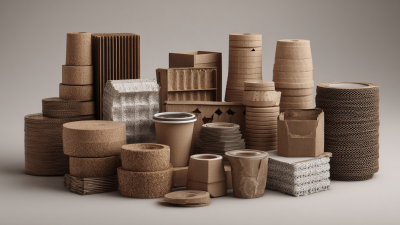
Innovative Packaging Materials Transforming Sustainability in the Modern Age
-

The Future of Sustainability in Carton Packaging Techniques and Innovations
-

Exploring Eco Friendly Innovations in Carton Packaging for Sustainable Brands
-
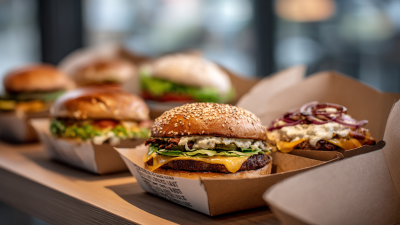
Creative Burger Packaging Ideas for Sustainable Fast Food Solutions
-
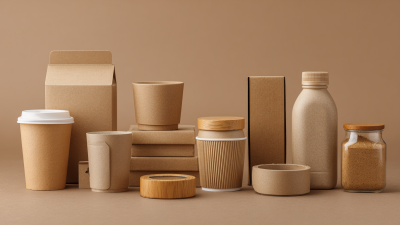
The Ultimate Guide to Choosing Eco Friendly Packaging Supplies for Your Business
